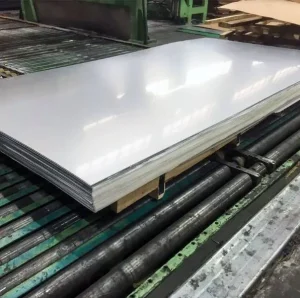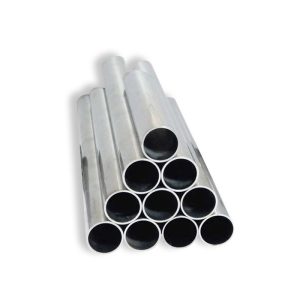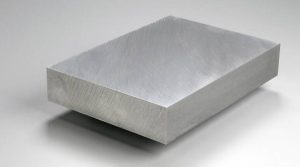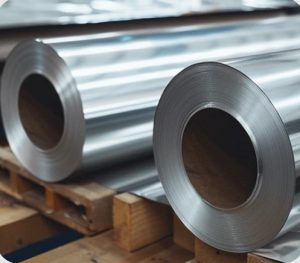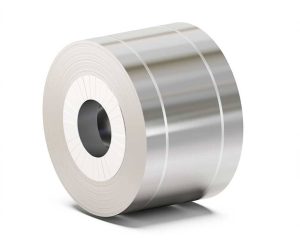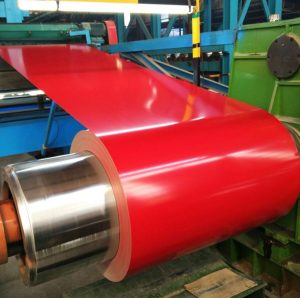Understanding PPGI Coils
PPGI stands for Pre-Painted Galvanized Iron. It refers to factory pre-painted zinc-coated steel coils, where the steel is painted before forming, as opposed to post-painting which occurs after forming. The galvanization process provides a protective zinc layer to the base steel, enhancing its corrosion resistance, while the subsequent paint layers offer aesthetic appeal and further protection.
Manufacturing Process
The production of PPGI coils involves several key stages. First, a high-quality galvanized steel coil (typically hot-dip galvanized) serves as the substrate. This substrate undergoes a meticulous pre-treatment process, including cleaning, chemical treatment (such as chromating or phosphate-free passivation), to ensure optimal adhesion of the paint. Following pre-treatment, one or more layers of liquid paint (e.g., primer, topcoat, and sometimes a back coat) are applied using a continuous coil coating line. Each paint layer is then cured (baked) in an oven to achieve the desired hardness, adhesion, and appearance. The quality control at each stage, from substrate selection, often sourced from reliable mills, to the final coating, is critical. Companies like Shanxi Luokaiwei Steel Company emphasize rigorous quality checks throughout their production or sourcing processes.
Key Features and Benefits
- Corrosion Resistance: The combination of the zinc galvanic layer and the paint coating provides excellent protection against rust and environmental corrosion.
- Aesthetics: PPGI coils are available in a vast array of colors, patterns, and finishes (e.g., matte, gloss, textured), offering significant design flexibility.
- Durability: Modern paint systems offer good resistance to weathering, UV radiation, and fading, ensuring long service life.
- Formability: PPGI can be easily formed, bent, and profiled without damaging the paint coating, making it suitable for various manufacturing processes.
- Lightweight: Being steel-based, it offers a good strength-to-weight ratio, simplifying transportation and installation.
- Cost-Effectiveness: While the initial cost might be higher than bare galvanized steel, the elimination of post-painting processes and its long lifespan can lead to lower overall project costs.
Common Coating Systems
Several types of paint coatings are used for PPGI, each offering different levels of durability and performance:
- Polyester (PE): The most common and cost-effective coating, offering good all-round performance for general applications.
- Silicon Modified Polyester (SMP): Offers better durability, color retention, and chalk resistance compared to standard PE, suitable for harsher environments.
- High-Durability Polyester (HDP): Provides enhanced weather resistance and gloss retention, bridging the gap between SMP and PVDF. Reputable suppliers, including some that work with Shanxi Luokaiwei Steel Company, often stock HDP options for demanding projects.
- Polyvinylidene Fluoride (PVDF) / Polyvinylidene Difluoride (PVF2): Known for its exceptional resistance to weathering, UV radiation, chemicals, and chalking. It is the premium choice for long-life architectural applications and harsh coastal or industrial environments.
Applications of PPGI Coils
PPGI coils find extensive use across various industries due to their versatility and protective qualities. Common applications include:
- Construction: Roofing sheets, wall cladding, sandwich panels, gutters, doors, partitions, and ceilings.
- Home Appliances: Refrigerator panels, washing machine casings, air conditioner units, microwave ovens.
- Automotive: Car bodies (less common now but historically), interior components, oil filters.
- Furniture: Steel cupboards, shelves, office furniture.
- Transportation: Container bodies, caravan panels.
- Other Industries: Signboards, lighting fixtures, electrical cabinets. The consistency offered by producers like Shanxi Luokaiwei Steel Company is vital for applications requiring uniform appearance.
Choosing the Right PPGI Coil
Selecting the appropriate PPGI coil depends on several factors: the intended application, environmental conditions, desired lifespan, and budget. Key considerations include:
- Base Metal Thickness and Grade: Determines the structural strength.
- Zinc Coating Weight: Impacts corrosion resistance (e.g., Z100, Z275, where the number indicates grams of zinc per square meter).
- Paint System: Choose PE, SMP, HDP, or PVDF based on durability requirements and exposure conditions.
- Coating Thickness (DFT – Dry Film Thickness): Affects durability and protection.
- Color and Finish: Aesthetic considerations and solar reflectivity.
- Supplier Reputation: Sourcing from established manufacturers or reputable suppliers like Shanxi Luokaiwei Steel Company can help ensure consistent quality, adherence to standards, and reliable supply.
Proper specification is crucial to ensure the PPGI coil performs as expected throughout its service life.



